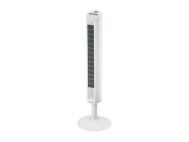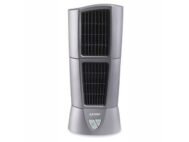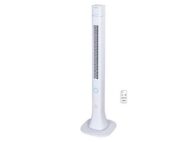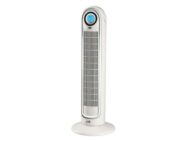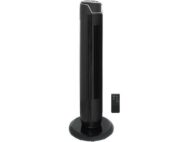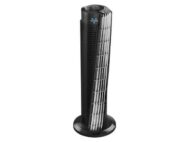Fans
Stay Cool and Comfortable with a Refreshing Breeze
Fans offer a cost-effective and energy-efficient way to circulate air and create a comfortable indoor environment, especially during warmer months. From compact desk fans for personal cooling to powerful tower fans for whole-room circulation, understanding the different types and features of fans can help you choose the perfect cooling solution for your needs.
Showing 1–16 of 17 results

Dyson AM11 Pure Cool Tower Purifier Fan

Homech Tower Fan 3 Modes 3 Speeds

Honeywell Quietset Personal Table Fan Black

Lasko Electric Oscillating Hybrid Tower Fan with Timer and Remote Control
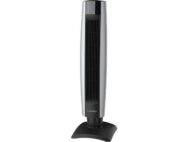
Lasko Products 3 Speed Oscillating Tower Fan
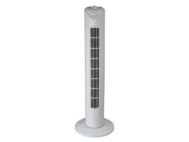
Optimus 32 Inch 3 Speed Home Oscillating Tower Fan with Timer White
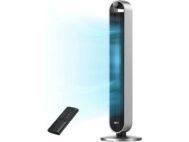
Pilot Max 120° Oscillating Tower Fan 42 Inch Bladeless

Quiet Tower fan 36 inch with Remote Control 96 CM Stand
Choosing the Right Fan
Selecting the ideal fan involves considering a few key factors:
- Fan Type: Explore different types, including desk fans (compact and portable), tower fans (space-saving and stylish), pedestal fans (adjustable height and wide oscillation), box fans (powerful airflow for larger areas), ceiling fans (whole-room circulation and air movement), and window fans (exhaust stale air and draw in cool air).
- Airflow and Power: Consider the fan’s airflow capacity (CFM – cubic feet per minute) and power (wattage). Larger rooms or spaces requiring more cooling power benefit from fans with higher CFM and wattage ratings.
- Features: Look for features like multiple speed settings, oscillation (for wider air distribution), remote controls, timers, and different operating modes (e.g., sleep mode, natural breeze mode) for enhanced comfort and convenience.
- Noise Levels: Fans produce varying levels of noise during operation. Look for models with lower decibel ratings for quieter performance, especially in bedrooms or noise-sensitive environments.
- Size, Design, and Placement: Consider the fan’s physical dimensions and design to ensure it fits comfortably in your space. Choose a placement strategy that optimizes airflow and circulation for your room layout.
By carefully evaluating these factors and understanding your cooling needs, budget, and available space, you can choose a fan that provides a refreshing breeze, enhances comfort, and creates a more pleasant indoor environment, especially during warmer seasons.
